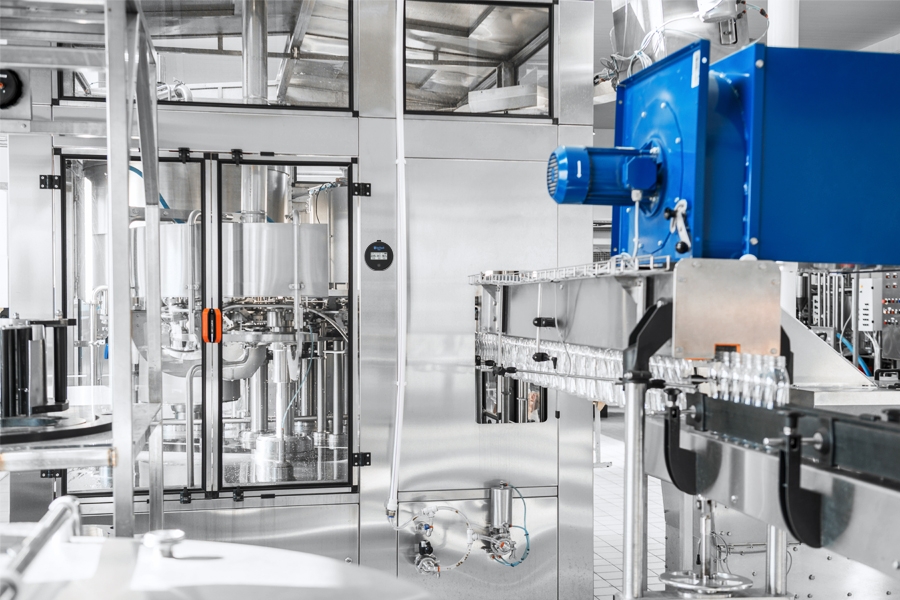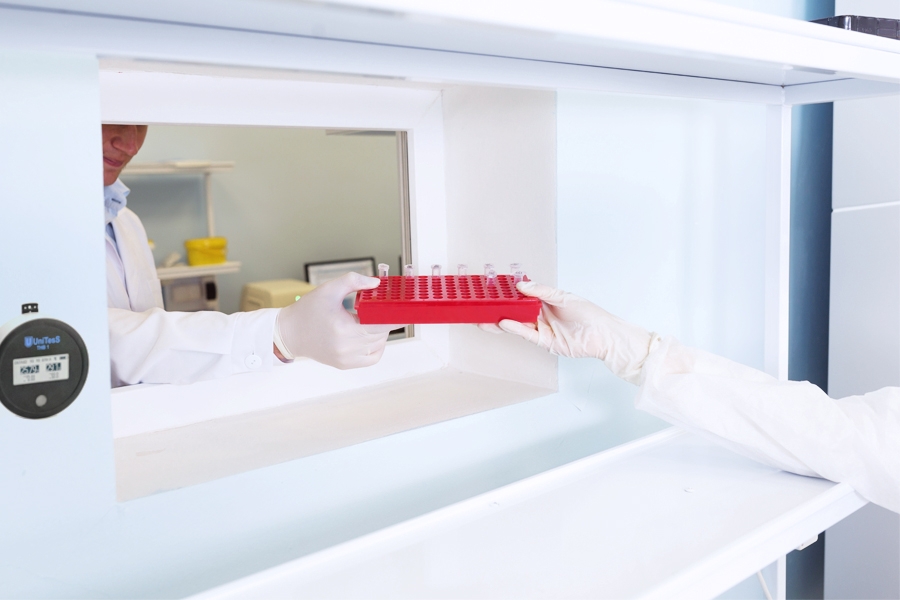
Planar JSC (KBTEM) is the scientific and technical group of develops and supplies special systems for realization of critical technologies in microelectronics.
In cleanrooms, air cleanliness is controlled and classified according to the ISO, or International Organization for Standardization. The range runs from ISO 1 to ISO 9 and uses a formula to show the maximum number of particles a cleanroom can have per cubic square meter.
Some of the factors that could degrade the overall cleanroom performance include:
- Bacteria growth,
- Static charge build-up,
- Metal corrosion,
- Moisture condensation,
- Water absorption,
- Photolithographic degradation,
- Personnel factor.
Cleanrooms are usually used by:
- Nanotech production,
- Medical laboratories and biotechnology,
- Universities and research facilities,
- Manufacturing optics and lenses,
- Electronic part production,
- Medical devices and implants,
- Aerospace industry,
- Military applications.
Though each industry or area has its own specific requirements for a cleanroom, there’re some universal rules to apply — cleanroom temperature and humidity standards.
Generally, the temperature of a cleanroom should be +21 °C, with a permissable fluctuation of+2 °C.
A 40% to 60% range in RH minimizes the impact of bacteria, while also falling well within the personnel’s comfort zone.
In the cleanroom, air pressure should be higher than that of the anteroom and the surrounding uncontrolled area. The pressure gradient between these zones should be ≥ 15 Pa. Typical values are 30 Pa positive pressure for cleanrooms and 15 Pa positive pressure for anterooms.
With the UNITESS AMBIENT system, you’ll be able to make all those measurements automatically and hassle-free.





